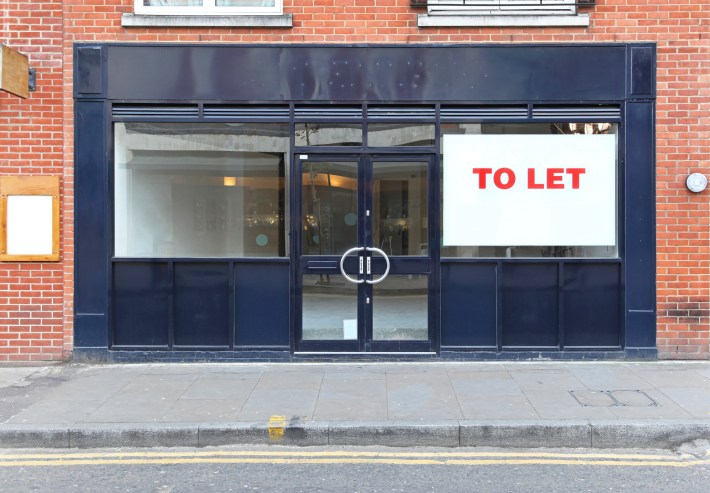
Once you decide to purchase or lease an office, you should know that choosing the right premises is one of the most important business decisions. On the one hand, you need to prepare the premises in order to turn them into an optimal work environment, but at the same time (if we are talking about leased space), you need to be aware that you are probably not there for good. This makes things a bit more difficult since it will make you think twice before you invest. All in all, here is a short checklist for setting up your business premises that will help you make this transition as painless as possible.
1. Consider physical properties
The first thing you need to have in mind (even before you lease the space) are the physical properties of the place. The size and the layout of the place are at the top of this list, but so are the cost of the utilities, parking space, visibility from the road and of course your long-term plans. In case these premises are only a temporary solution, you can afford to ignore some of the above mentioned issues. Still, in order to take care of all of these things, you might want to find someone who has been in commercial real estate a little bit longer than you and ask for their professional help.
2. Make a list of items that you need
You would be surprised just how many items you may need to get in order to get your office up and running. First, you need a sufficient number of quality desks and chairs. Then, you need devices like computers, phones, printers and scanners. When it comes to technology, there is a never-ending debate of whether it is better to buy or lease. Finally, you need to also start thinking about office supplies in general and get the first batch as soon as you enter the office.
3. Plan the layout
Next, you will need to think about the office layout. This too can have a great impact on the performance of your staff, let’s say for example, that an employee is sat at a desk that requires them to strain as they work, you’ll slowly notice their performance drops day by day, for this reason, you may want an adjustable chair and the ability to look at other furniture options for employees with different requirements. While the cubicle system did give every staff member a great deal of privacy, it was also alienating people from one another. This is why, an open room floor is much more popular these days. Here, you will get a great chance to demonstrate your creativity to the fullest by looking for out-of-the-box ways to hide the wires, mix different textures and even make multi-purpose areas within a single office.
4. Get onto the grid
After you have these things set and done, you may want to consider setting up things like an internet connection and a business phone system. First, you need to look for broadband offers available with your local providers. It is even possible to talk to your ISP and see if there is a special offer for small businesses which are willing to commit for a longer period of time (usually 1-3 years). As for the phone system, you need to find a company dealing with these services and draw an outline of a phone tree you believe would be optimal for your company. Here, too, you might need some professional advice.
Conclusion
Make no mistake, every little feature of your office will affect the productivity of your company. Its size will affect the utilities, its location will play a great factor in both your reputation and carbon footprint (your employees will travel a greater distance to work) and its layout will affect company morale. Overall, it is more than clear that setting up your business premises right the first time around can be that competitive edge you were looking for all along.



